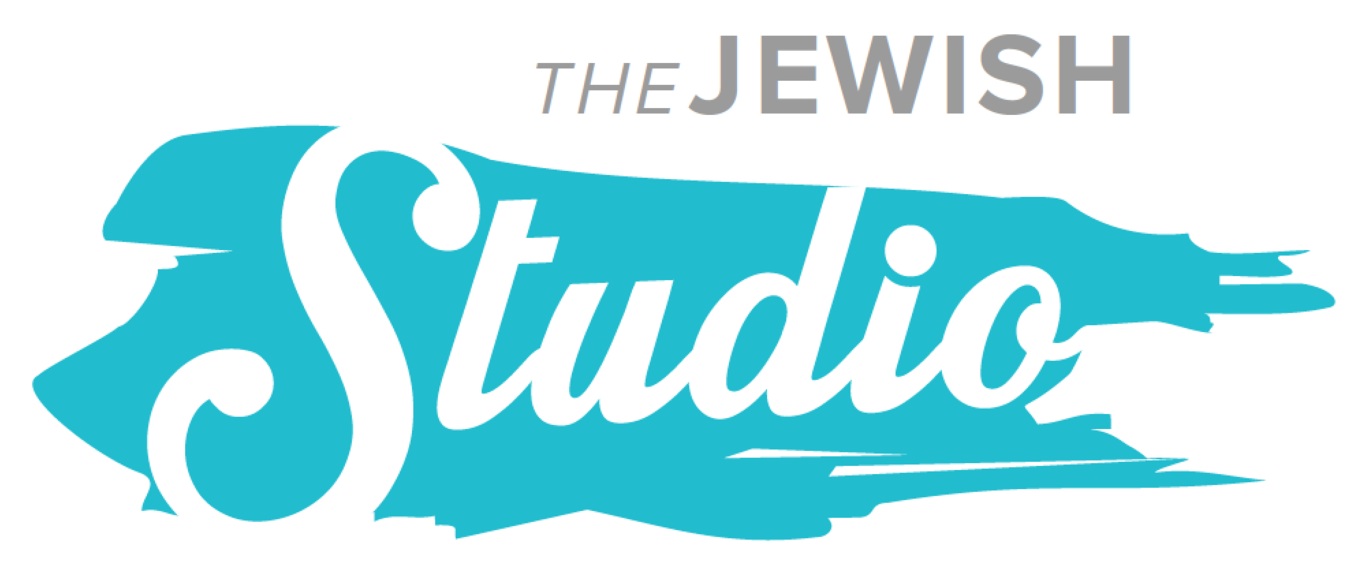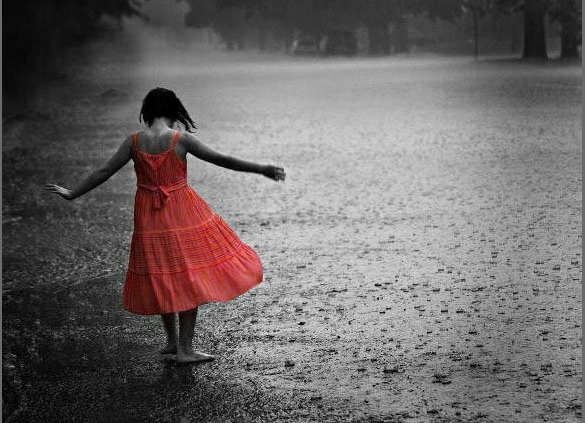It’s Raining, It’s Pouring – the Resilience of Noach
Part of a year-long series about resilience in Jewish life.
Picture it. The world as you know it will end. You have time to prepare yourself but must bear the derision of disbelievers. When massive change comes, you are kept physically safe amidst tumult but suffer the darkness. Then you must rebuild in a world turned upside down.
So went the story of Noah and the Flood – and understood allegorically, so goes our story today. Our world rocks in waves of death, divorce, illness, raging fires, major hurricanes, political revolts and economic dislocations. Collectively our planet hurtles toward an environmental brink.
How did Noah summon the resilience before, during and after the Flood? How can we moderns summon the resilience to move through changes reshaping our lives and our world?
Perhaps it’s weird to call Noah a teacher of resilience: he had no choice. Perhaps it’s difficult to draw lessons from a story that sounds too much like a Twilight Zone episode to be believed. Maybe it’s a reach for us imperfect souls to learn resilience from one whom Torah called uniquely “righteous” and “blameless” (Gen. 6:9). Still, Noah offers many resilience lessons.
One resilience lesson concerns agency. Maybe Noah seemed to have no choice, but then again, do we? Most survivors of anything would prefer not to need to put their resilience to the test, and surely as a species humanity would prefer not to face today’s global threats. But when challenge comes, sometimes resilience boils down to having no choice, then drawing strength from capacity to survive, look back and marvel that we made it.
A related resilience lesson concerns hope. God told Noah to build an ark hoping that construction would be so time-consuming that even the most corrupt would have the opportunity to repent (B.T. Sanhedrin 108b; Rashi Gen. 6:14). Even when odds are most slim, God hopes. Noah, too: how much hope did Noah need to stay sane aboard the ark, then send a raven (once) and a dove (twice) to find dry land amidst a planet-sized sea (Gen. 8:6-12)?
A third resilience lesson concerns empowerment and vision. The ark would have been pitch black except that God told Noah to build a skylight (Gen. 6:16). But what light could a skylight cast in a 40-day torrent so dark that “floodgates of the sky” covered the earth? Teachings abound about that light – shining from Noah’s illuminating defiance to build the skylight at all, from good living aboard the ark, from a mystical stone, from the purified soul. Resilience sometimes means acting not because but despite, seeing not only what seems obvious but also what seems impossible.
A fourth resilience lesson concerns relationship. Noah insulated the ark in “pitch” (Gen. 6:14) – in Hebrew kofer, from the same root as “atonement” (Yom Kippur). Keeping waters out of the ark, staying afloat amidst life’s floods, asks not total separation but rather a quality of relationship we call forgiveness. We need to stay dry, but we can’t stay afloat without giving and receiving forgiveness. (It’s telling that this reminder comes just weeks after Yom Kippur, lest survival’s exigencies cause us to forget our High Holy Day atonement journey just recently completed.)
A fifth and maybe most important resilience lesson concerns memory. After the flood, God vowed never to repeat the Flood, and set a bow in the sky to recall this covenant (Gen. 9:11-16). Human resilience and survival, in Torah’s narrative, flows from this moment. Never again would God set out to obliterate humanity, and henceforth our fate rests in our own hands. God has remembered that covenant, but have we? Can we now see and remember, and draw the inspiration and resilience to save the only planet we have?
Agency, hope, empowerment, vision, relationship, memory – these are Noah’s tools of resilience, and ours. We need these resilience tools now. Let’s use them.
– Rabbi David Evan Markus






 Evan J. Krame was ordained as a rabbi by the
Evan J. Krame was ordained as a rabbi by the